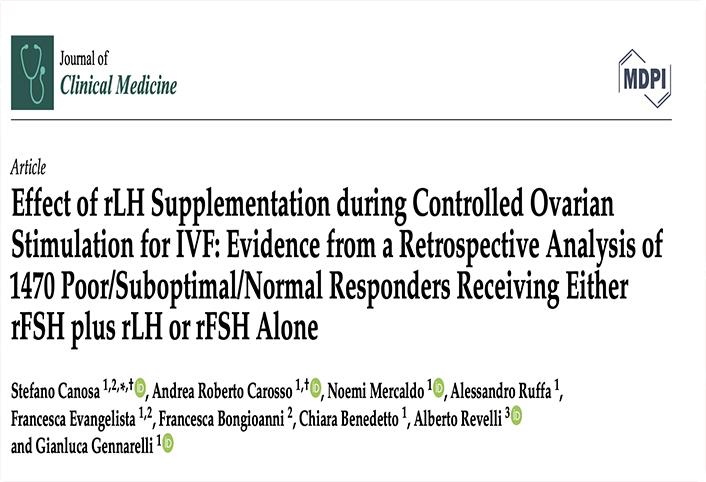
Stefano Canosa, Andrea Roberto Carosso, Noemi Mercaldo, Alessandro Ruffa, Francesca Evangelista, Francesca Bongioanni, Chiara Benedetto, Alberto Revelli, and Gianluca Gennarelli
Abstract
We retrospectively studied a real-life population of 1470 women undergoing IVF, with poor/suboptimal/normal ovarian responsiveness to controlled ovarian stimulation (COS), compar- ing the cumulative live birth rate (cLBR) when COS was performed using rFSH alone or rFSH + rLH in a 2:1 ratio. Overall, we observed significantly higher cLBR in the rFSH alone group than in the rFSH + rLH group (29.3% vs. 22.2%, p < 0.01). However, considering only suboptimal/poor respon- ders (n = 309), we observed comparable cLBR (15.6% vs. 15.2%, p = 0.95) despite the fact that patients receiving rFSH + rLH had significantly higher ages and worse ovarian reserve markers. The equiva- lent effectiveness of rFSH + rLH and rFSH alone was further confirmed after stratification according to the number of oocytes retrieved: despite basal characteristics were still in favor of rFSH alone group, the cLBR always resulted comparable. Even subdividing patients according to the POSEIDON classification, irrespective of differences in the baseline clinical characteristics in favor of FSH alone group, the cLBR resulted comparable in all subgroups. Despite the retrospective, real-life analysis, our data suggest that rLH supplementation in COS may represent a reasonable option for patients with predictable or unexpected poor/suboptimal ovarian responsiveness to FSH, those matching the Bologna criteria for poor responsiveness, and those included in the POSEIDON classification.